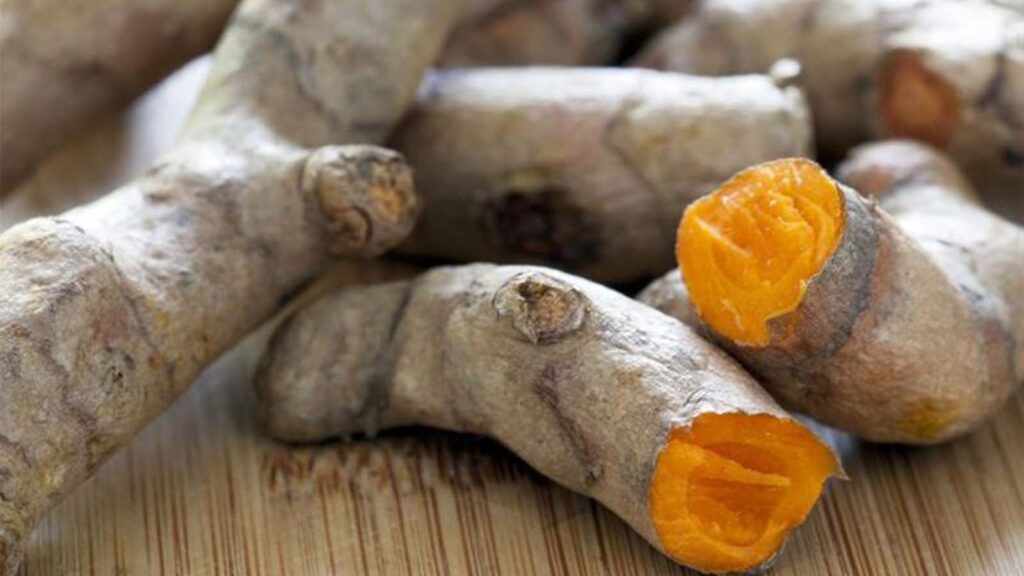For thousands of years, spices have been revered for both their culinary and healing properties. Ancient cultures around the world benefited from the use of spices and today, modern science has corroborated their medicinal effects. Here are some of the most notable benefits of common spices along with easy ways to incorporate them into your diet:
Turmeric
Most commonly used as a key ingredient in curry dishes and yellow mustard, turmeric has a long history of medicinal use in both Ayurvedic and Chinese medicine. Turmeric has most recently made headlines as result of its potent anti-inflammatory properties, especially for arthritis pain relief. Recent research has also shown that the natural plant compounds found in turmeric actually stabilize cells on the molecular level and make them more resistant to disease.
Tumeric is also beneficial for digestion, aiding in the breakdown of fats, and helping to eliminate excess gas. An additional benefit of turmeric is its ability to purify the blood and rejuvenate and detoxify the liver.
How to Use: Experimenting with curry recipes and a liberal use of yellow mustard will allow you to experience some of the benefits of turmeric. For a more consistent and standardized dose of this healing herb, seek it out in a supplement form—ideally organic and encapsulated in veggie caps.
Ginger
Ginger is part of the same plant family as turmeric, so it’s not surprising that it also possesses a multitude of healing benefits. Ginger was so important in some ancient societies that actual wars and dynasties revolved around it. Ginger has too many benefits to list them all here, but some of the most important ones are: reducing inflammation and pain; promoting cardiovascular health; improving digestion; inhibiting tumor growth, and promoting circulation. Ginger can dramatically help nausea and vomiting (even for severe cases, such as those resulting from chemotherapy.) In cold and flu season, ginger should be an essential part of your health arsenal for warding off coughs and mucus.
In fact, there are so many benefits of ginger that modern scientists are continually discovering new ones in their research.
How to Use: Fresh ginger is best; for strong medicinal benefits, try making your own homemade fresh ginger tea You can also juice ginger in combination with other vegetables. Fresh grated ginger is delicious when added to a salad. Dried or fresh grated ginger can also be added to many recipes, such as oatmeal, soup, dahl and stir fry. Ginger is also available in a supplement form.
Cumin
Though inexpensive, tasty and readily available, cumin carries a powerful punch when it comes to health benefits.
Cumin is helpful for increasing insulin sensitivity, which is very important for those suffering from Type II diabetes or pre-diabetes. Cumin also helps with asthma symptoms by relaxing the airways. Cumin aids digestion and reduces blood cholesterol and triglycerides. Like turmeric, cumin is also highly beneficial for the liver. Cumin even helps boost the immune system. The antioxidant properties of cumin are even more powerful than vitamin C.
How to Use: Cumin goes well with many types of food, including American, Mexican, Indian, Mediterranean and Asian. It is an essential ingredient of bean chili and can also be used in all kinds of soups, dahls, stir fries, and salad dressings.
So boost your health and please your palate by incorporating healing spices in your daily diet. For optimal results, choose organic, non-irradiated spices. Keep larger quantities fresh by storing in the freezer or buy smaller quantities more frequently.



